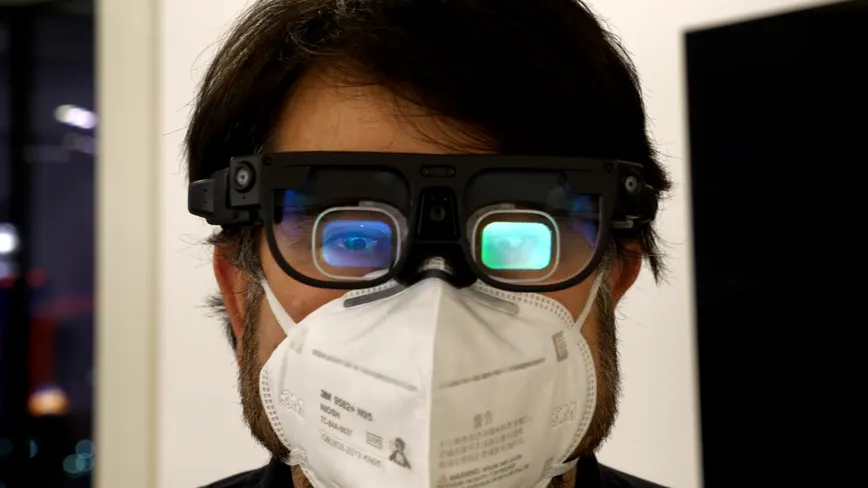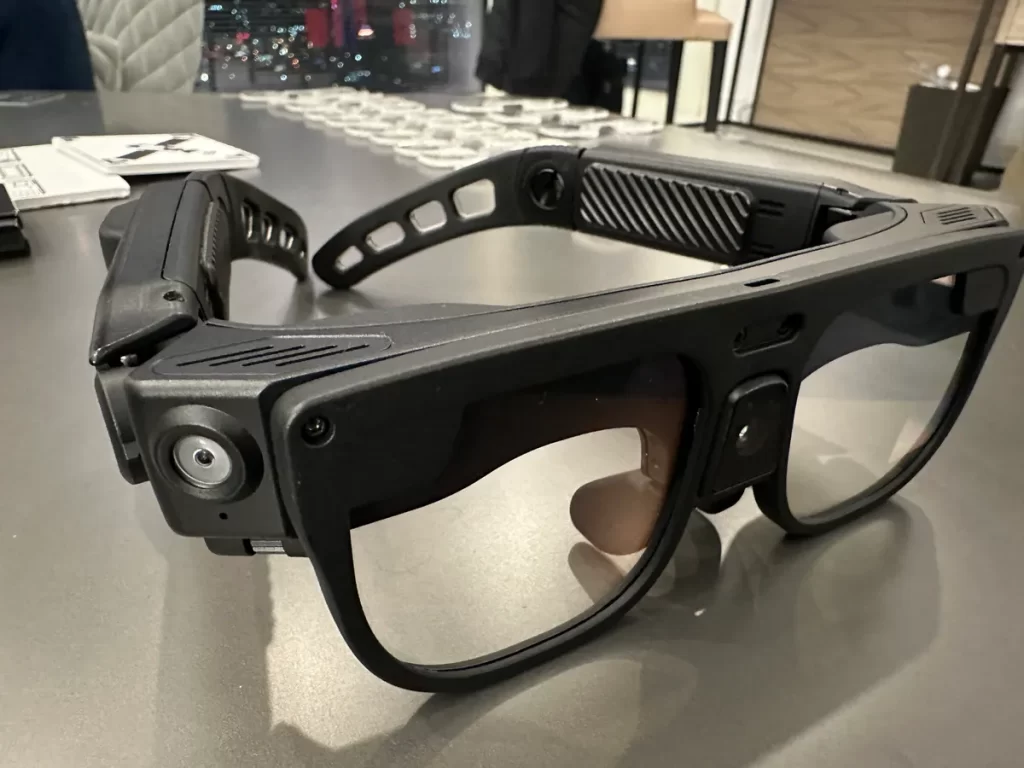DigiLens has introduced the Argo, a pair of smart glasses with standalone AR and XR capabilities designed for enterprise and industrial employees. The DigiLens waveguide technology is used in the company’s head-worn holographic smart glasses, which it claims use best-in-class crystal waveguides with industry-leading low eye glow and a small footprint. It is suitable for both indoor and outdoor use.
Argo is designed for industrial and enterprise use, with hands-free and body position independence, as well as speech and gaze recognition. The 48MP camera in the device provides photorealistic image quality, and its many microphones can pick up a user’s voice in busy environments. ARGO’s networking choices enable it to be used almost anywhere, and its fully integrated DigiOS compatibility enables it to keep up with the future of mobile computing.

According to Scott Stein, even though the glasses looked ridiculous on the outside, “from the inside, everything was crystal clear.” “Since these glasses couldn’t fit over my own and had their prescription inserts that didn’t quite match mine (I didn’t bring contacts to Vegas), I had to squint a bit to make out the LCOS LED display’s readouts. But I did appreciate that the actual lens the floating color display was projected on was impressively clear. I saw no shimmers and none of the rainbows or smudging I’ve seen on many headsets. It was like looking through a clean pair of glasses. “The display’s a smaller field of view (30 degrees) than the HoloLens 2, but also brighter; it’s made for viewing outdoors.” He said that the glasses are not for him, but Argos’ focus is on accessibility, and they are only fit for an industrial environment.

DigiLens provides scalable and high-quality smartglasses at a low cost to a variety of industries, including healthcare, industrial, logistics, telecommunications, military, and defense. Argo not only improves worker safety by increasing situational awareness through real-time connectivity to environmental and other sensor technology, but it also helps users work smarter by bridging the digital and physical worlds with real-time data visualizations.


